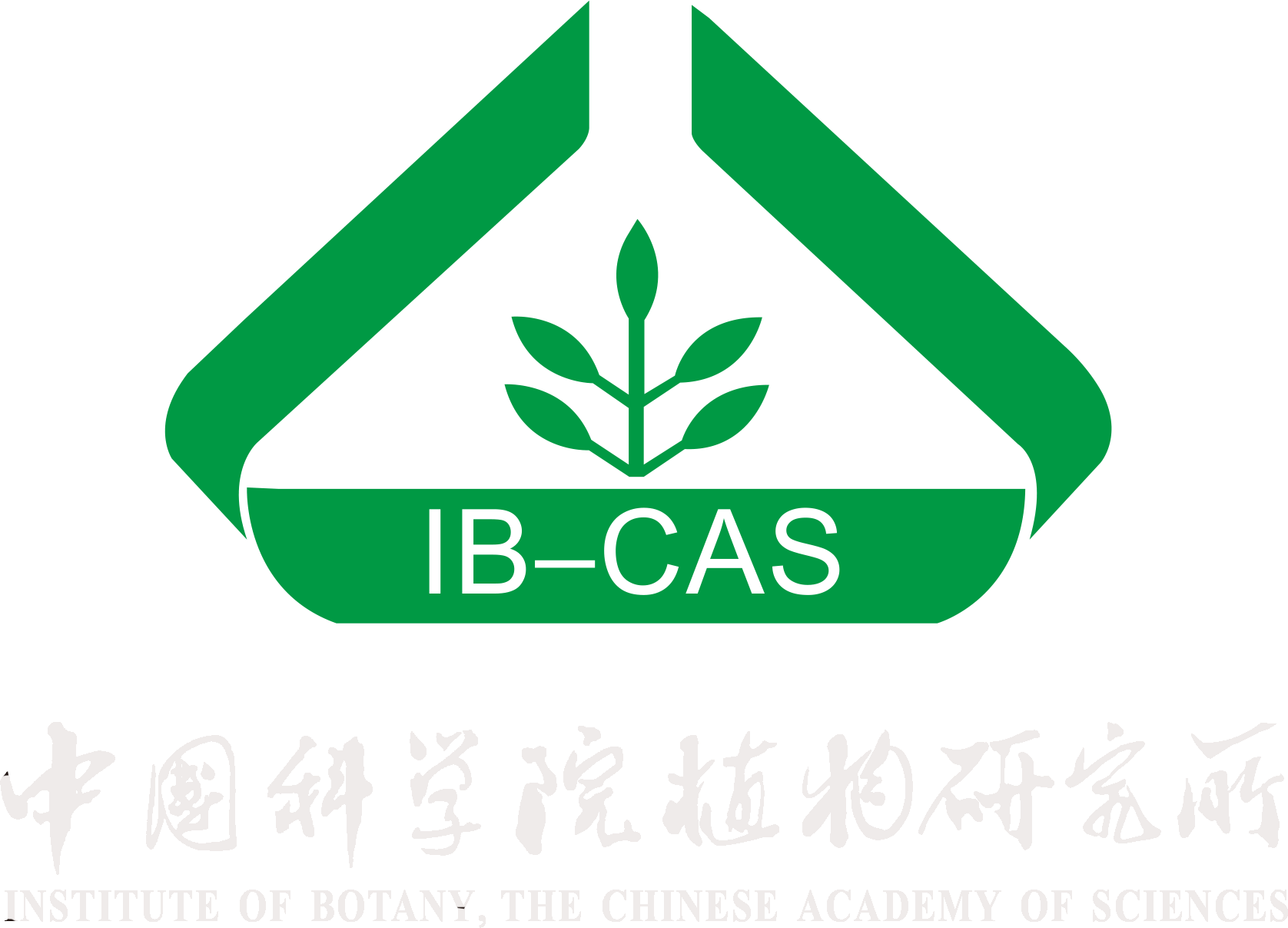2025
Ferredoxin-mediated mechanism for efficient nitrogen utilization in maize
Nitrogen (N) is an essential macronutrient for plant development and, ultimately, yield. Identifying the genetic components and mechanisms underlying N use efficiency in maize (Zea mays L.) is thus of great importance. Nitrate (NO3-) is the preferred inorganic N source in maize. Here we performed a genome-wide association study of shoot NO3- accumulation in maize seedlings grown under low-NO3- conditions, identifying the ferredoxin family gene ZmFd4 as a major contributor to this trait. ZmFd4 interacts and co-localizes with nitrite reductases (ZmNiRs) in chloroplasts to promote their enzymatic activity. Furthermore, ZmFd4 forms a high-affinity heterodimer with its closest paralogue, ZmFd9, in a NO3--sensitive manner. Although ZmFd4 exerts similar biochemical functions as ZmFd9, ZmFd4 and ZmFd9 interaction limits their ability to associate with ZmNiRs and stimulate their activity. Knockout lines for ZmFd4 with decreased NO3- contents exhibit more efficient NO3- assimilation, and field experiments show consistently improved N utilization and grain yield under N-deficient conditions. Our work thus provides molecular and mechanistic insights into the natural variation in N utilization, instrumental for genetic improvement of yield in maize and, potentially, in other crops.


